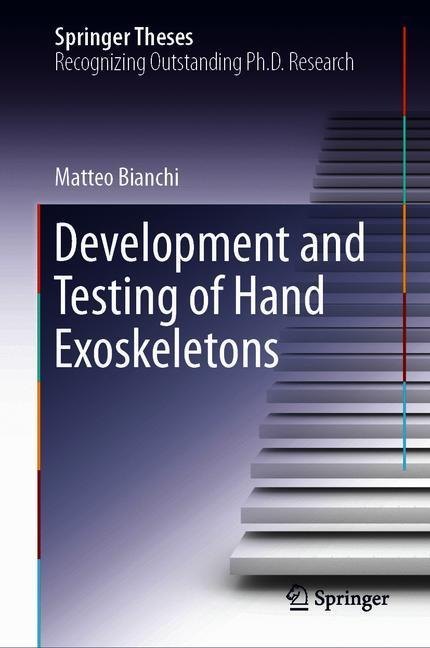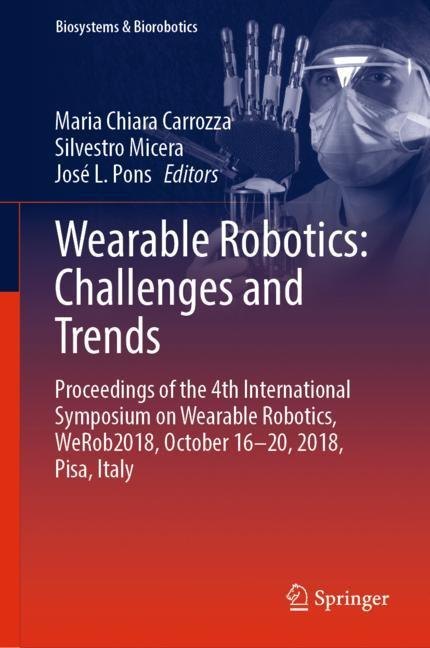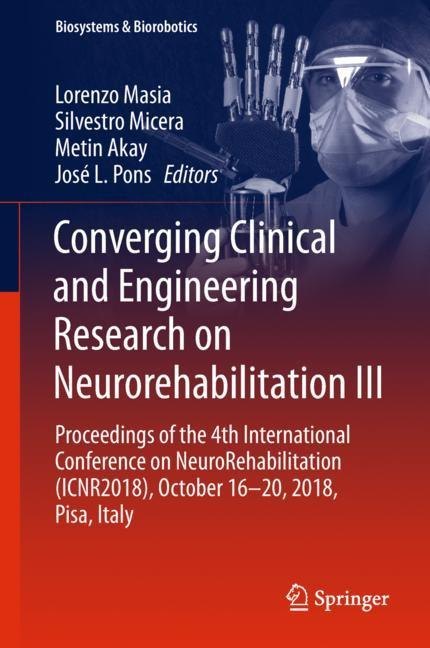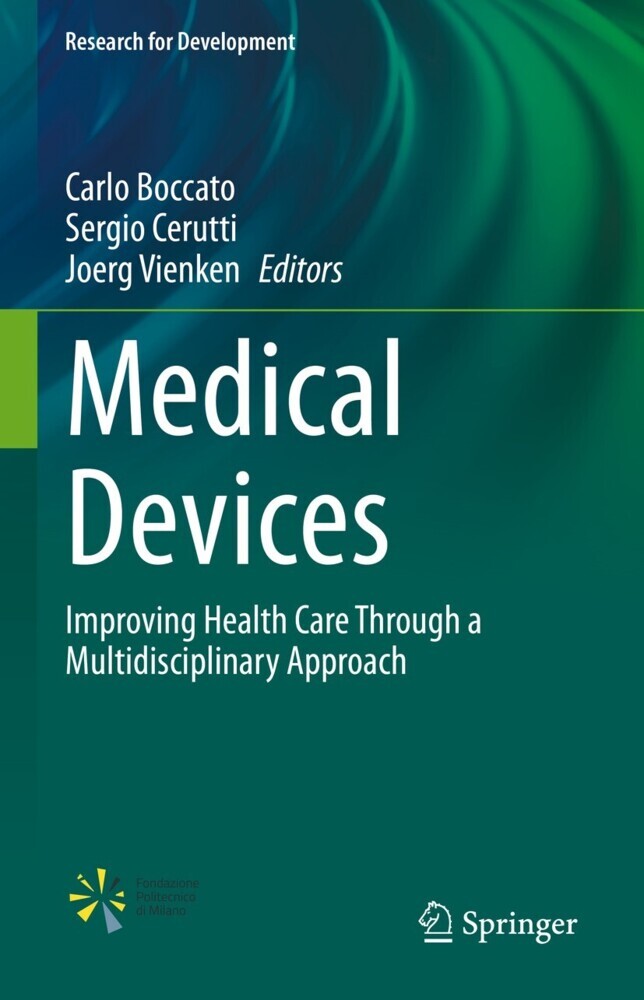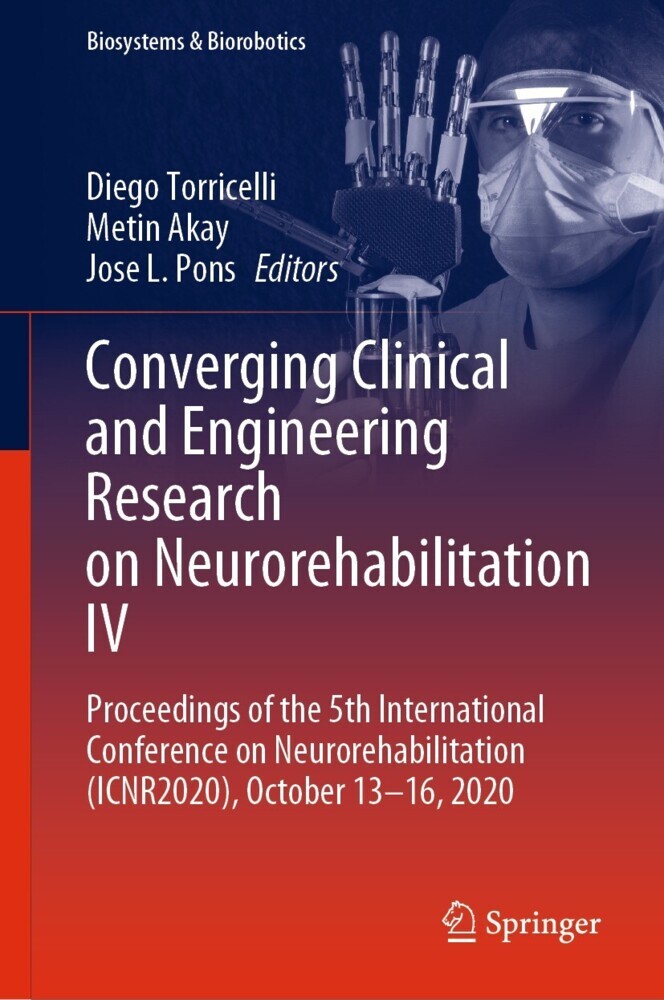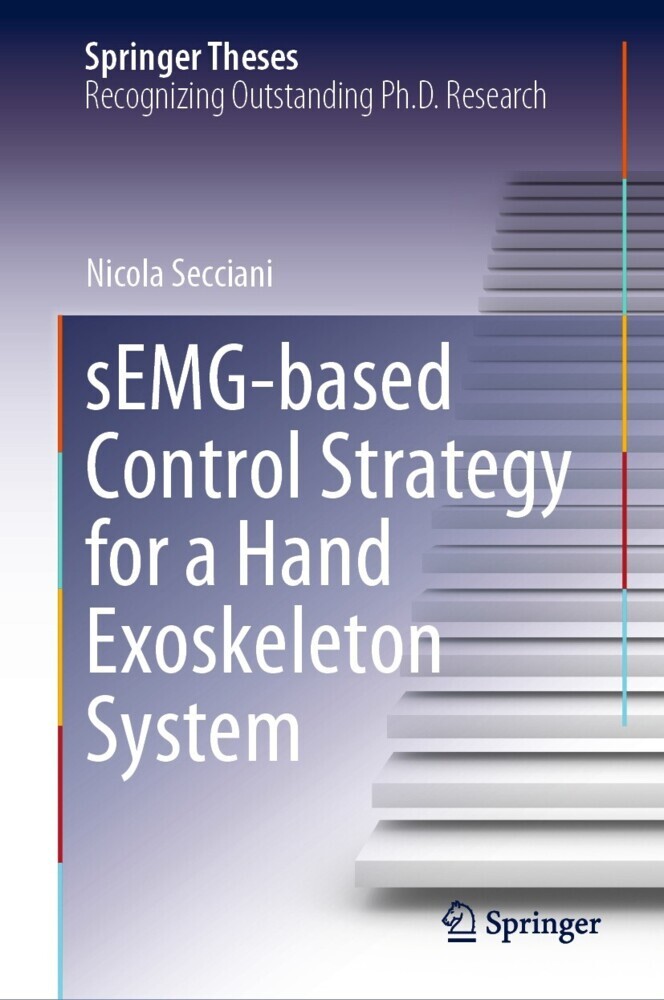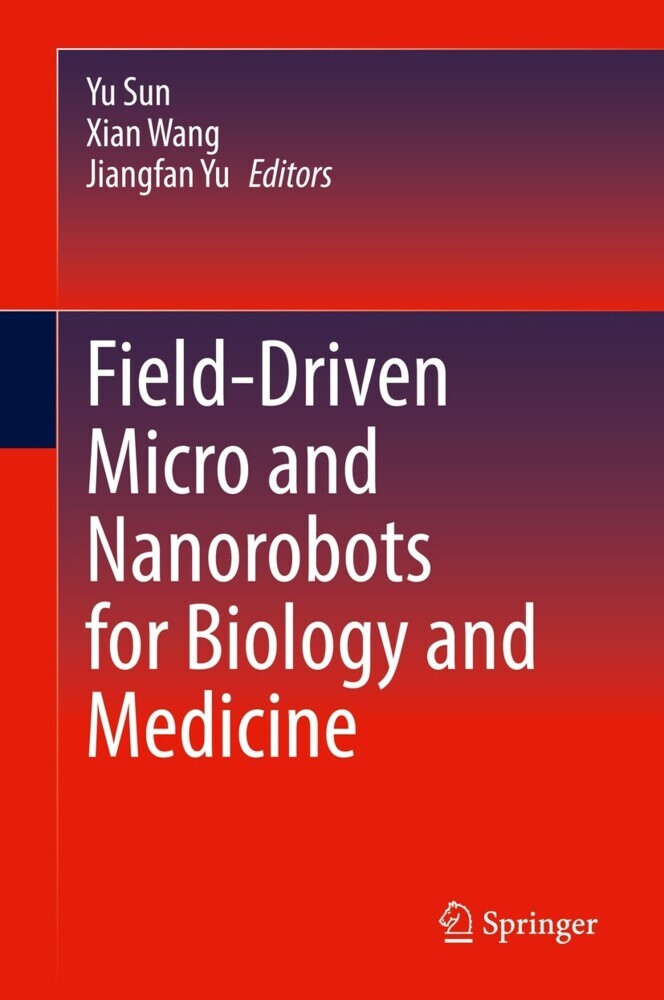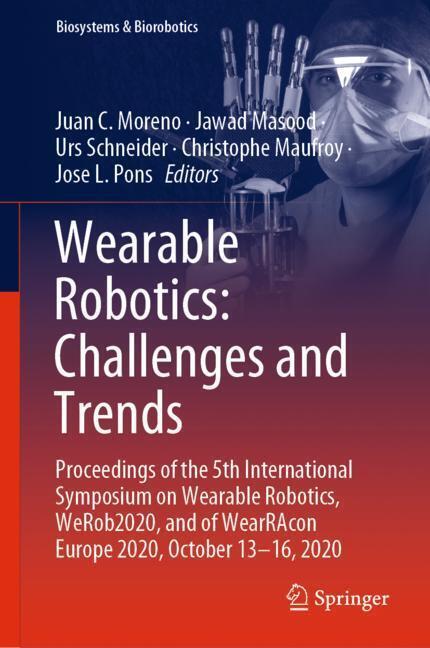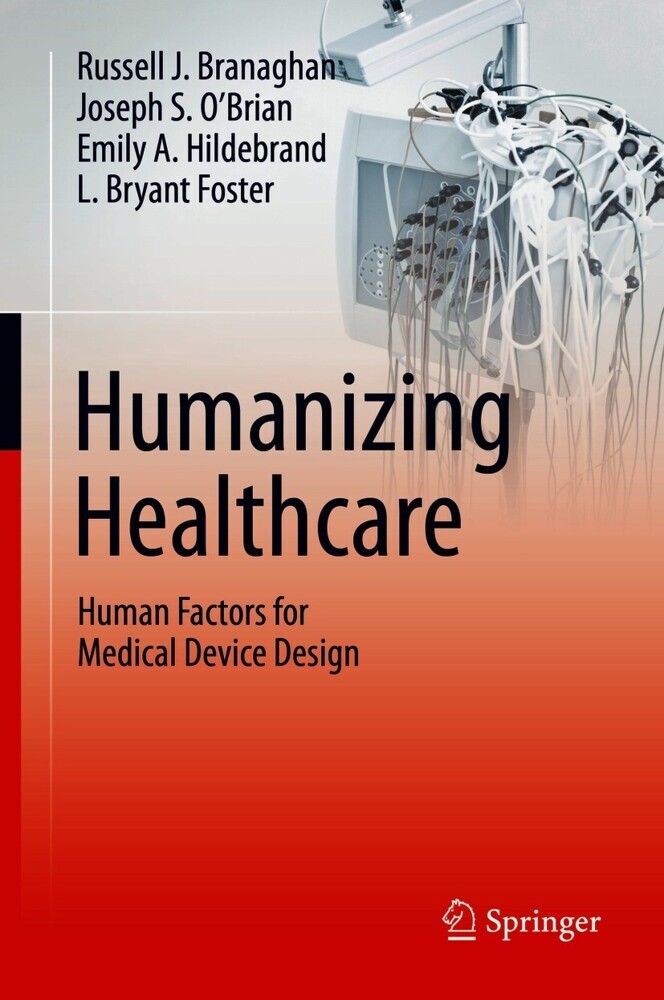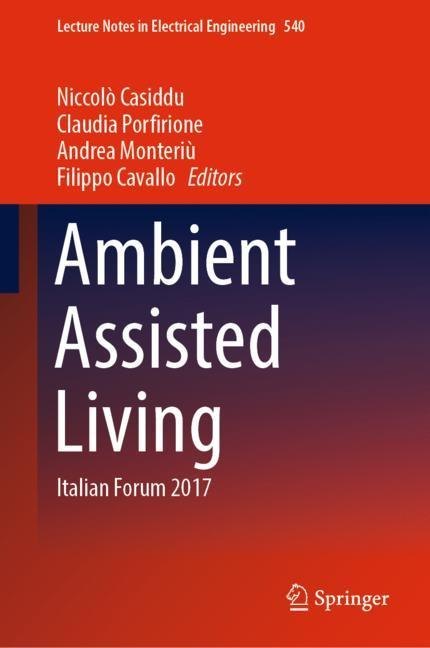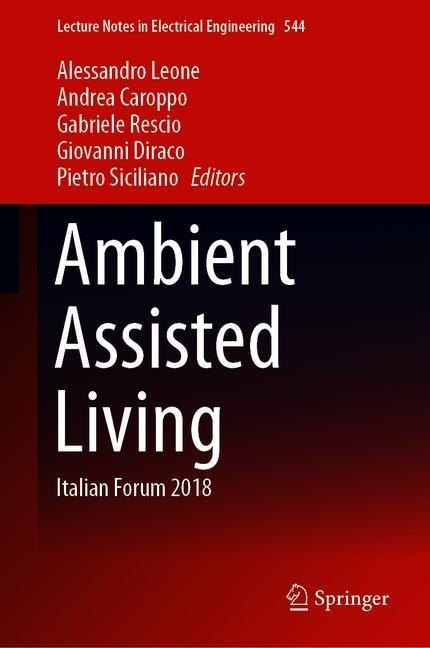Development and Testing of Hand Exoskeletons
This book describes the development of portable, wearable, and highly customizable hand exoskeletons to aid patients suffering from hand disabilities. It presents an original approach for the design of human hand motion assistance devices that relies on (i) an optimization-based kinematic scaling procedure, which guarantees a significant adaptability to the user's hands motion, and (ii) a topology optimization-based design methodology, which allowed the design of a lightweight, comfortable device with a high level of performance. The book covers the whole process of hand exoskeleton development, from establishing a new design strategy, to the construction and testing of hand exoskeleton prototypes, using additive manufacturing techniques. As such, it offers timely information to both researchers and engineers developing human motion assistance systems, especially wearable ones.
Dr. Matteo Bianchi is currently a Postdoctoral Researcher of the Department of Industrial Engineering of the University of Florence (DIEF), Italy,Prof. Benedetto Allotta's research team. Prior to his current role at DIEF,Matteo received the B.Sc. degree in Mechanical Engineering in 2013 and M.Sc. degree in Biomedical Engineering in 2015, both from the UniversityFlorence, Italy. He spent also three years as a Ph.D. student conducting research activity within the Mechatronics and Dynamic Modeling Laboratory (MDM Lab) of the DIEF. During his Ph.D. course, his primary research interest lies in the ?eld of biomechanics and biorobotics, with special attentionto the development of innovative design strategies of hand exoskeletons human motion assistance and to their testing.
This book is the result of the Matteo's Ph.D. thesis and collects the outcomes of his activity, which resulted in multiple publications in international journals and peer-reviewed conference papers, and in the awarding his Ph.D. degree in Industrial and Reliability Engineering in April 2019.His current research interests include mechanical design, modeling and development of wearable robotic systems and exoskeletons.
1;Supervisor's Foreword;7 2;Parts of this thesis have been published in the following documents:;8 3;Acknowledgements;9 4;Contents;11 5;Nomenclature;13 6;Acronyms;15 7;1 Introduction;16 7.1;1.1 Overall Framework;17 7.2;1.2 State of the Art of Hand Exoskeletons;19 7.3;1.3 Contribution and Thesis Structure;21 7.4;References;22 8;2 Mathematical Background;25 8.1;2.1 Kinematic Analysis and Synthesis;26 8.2;2.2 Kineto-Statics;32 8.3;2.3 Lagrangian Formulation;33 8.4;References;37 9;3 Optimization-Based Scaling Procedure;38 9.1;3.1 Hand Motion Capture;41 9.1.1;3.1.1 Protocol for Hand Motion Analysis;42 9.1.2;3.1.2 Hand Motion Analysis Setup;42 9.2;3.2 Hand Model;43 9.2.1;3.2.1 Finger Trajectory Definition;45 9.2.2;3.2.2 COR Definition;46 9.2.3;3.2.3 Alignment with Horizontal Plane;48 9.3;3.3 Optimization Process;49 9.3.1;3.3.1 Target Trajectory Definition;50 9.3.2;3.3.2 Determination of the Optimal Exoskeleton;53 9.4;3.4 Tests and Results;56 9.5;References;57 10;4 ABS Hand Exoskeleton Prototypes: Experimental Results;59 10.1;4.1 First Prototype: Kinematic Validation;59 10.2;4.2 Second Prototype: Optimization Manufacturability Assessment;67 10.3;4.3 Third Prototype: Final Solution;72 10.4;References;79 11;5 Aluminum Hand Exoskeleton Prototype;80 11.1;5.1 Topology Optimization;80 11.2;5.2 General Architecture;82 11.3;5.3 Model Description;83 11.3.1;5.3.1 Test Case Definition and Benchmark Test;83 11.3.2;5.3.2 Design Space Definition;86 11.3.3;5.3.3 Objective Function and Optimization Constraints;87 11.3.4;5.3.4 Optimization Algorithm;89 11.3.5;5.3.5 Geometry Reconstruction;91 11.4;5.4 Topology Optimization Results;92 11.4.1;5.4.1 Optimization Model Generation;93 11.4.2;5.4.2 Optimized Device Assessment;96 11.5;5.5 Design for Manufacturing;97 11.5.1;5.5.1 Actuation System Design;100 11.5.2;5.5.2 Back Frame Design;103 11.5.3;5.5.3 Joints Couplings Solutions;104 11.6;5.6 Proof of Concept;104 11.7;References;107 12;6 Conclusion;109 12.1;References;110 13;Appendix Back Frame Topology Optimization;111 14;Appendix Author's Biography;116
Bianchi, Matteo
| ISBN | 9783030376857 |
|---|---|
| Artikelnummer | 9783030376857 |
| Medientyp | E-Book - PDF |
| Copyrightjahr | 2020 |
| Verlag | Springer-Verlag |
| Umfang | 116 Seiten |
| Sprache | Englisch |
| Kopierschutz | Digitales Wasserzeichen |

